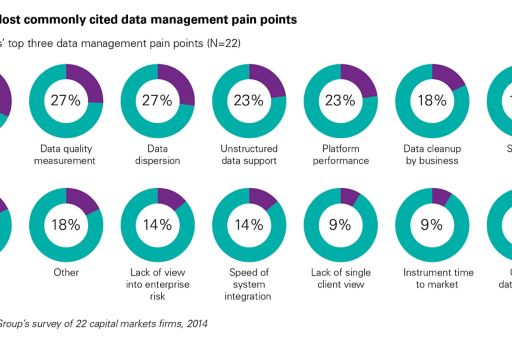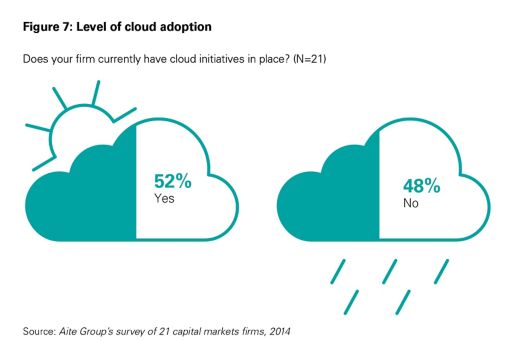Data management trends in Capital Markets
Data management trends in Capital Markets
Examining capital markets’ changing attitudes toward data management and new technologies.

Data Management Trends in Capital Markets: Turning Tides, authored jointly by KPMG and Aite Group, examines the capital markets’ changing attitudes toward data management as a function and the adoption of new technologies and models around cloud and big data.
“It’s not about having the technology, it’s about how you use that technology and data to achieve your business goals.” – Mike Conover, KPMG in the US
View the full report here or at the top right side of the page.
Key takeaways
- Data managers active within the capital markets community are faced with the prospect of coping with a rising tide of data that is flowing from post-2008 regulatory and client transparency requirements.
- The capital markets are faced with a hectic regulatory outlook over the next three years and many of these regulations have direct implications for the way data is stored, managed, and communicated.

- Regulators are keen to see an audit trail for data underlying many financial institutions’ operational decisions such as risk analytics or regulatory reporting, which means that data must be tagged with metadata to prove lineage and provenance of individual items.
- Many firms are actively evaluating their internal data management strategies and there is a relatively high degree of awareness in the market about shortcomings and pain points in this area.
- Rather than residing purely under the auspices of IT, data management now has more of a business focus and a wider range of stakeholders within a capital markets firm that have input into the function overall.

- A handful of top-tier banks and hedge funds have been the frontrunners in implementing big data strategies and technologies. These strategies are being applied to a whole range of functions, everything from front-office trading to back-office reference data management.
- There are benefits of using cloud technology to host a data integration layer in order to access and normalize data from multiple sources and put in place a means of controlling enterprise-wide data consumption.

More information
Download the full report below for more information on challenges and opportunities, data management technology environments, common data pain points, the role of the Chief Data Officer (CDO), cloud adoption, bank case studies and more.